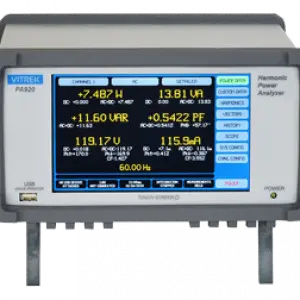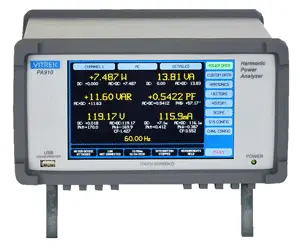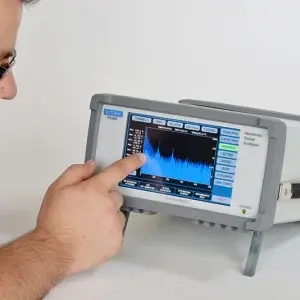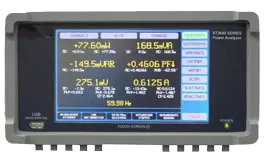
Power Analyzers
Vitrek’s precision power analyzers redefine industry standards with cutting-edge technology designed for your most demanding power measurement challenges. From single-phase to multi-channel, our analyzers provide unmatched accuracy, high-speed sampling, and superior voltage and current self-heating compensation—ensuring precise and reliable measurements across a wide range of applications.
Engineered for complex power analysis, Vitrek’s power analyzers handle high crest factors, low power factor loads, and waveforms up to 5 MHz with ease. Whether you are testing power electronics, EV powertrains, aerospace systems, medical devices, or industrial machinery, our scalable solutions—expandable to thousands of channels—deliver the insights you need with confidence. Discover the difference that true precision and performance can make in your power measurements today.
Key Features and Benefits of Vitrek Precision Power Analyzers
Easy-to-Use Interface: Color touchscreen for quick setup, measurement configuration, and channel selection.
High Accuracy and Wide Frequency Range: 0.024% power accuracy with PA920 and UT card.
Compliance with Industry Standards: Supports key standards including:
- EN60034-2-1:2014 (motor drives)
- EN50564:2011 (standby power)
- EN61000-3-2, 3-12, 4-7 (harmonics emissions)
- RTCA DO-160/E/F/G (avionics)
- Boeing 787B3-0147
- Airbus ABD0100.1.8 (A380), ABD0100.1.8.1 (A350)
Harmonics Measurement: Displays up to 500 harmonics, with linear, relative linear, logarithmic, or relative logarithmic amplitude views.
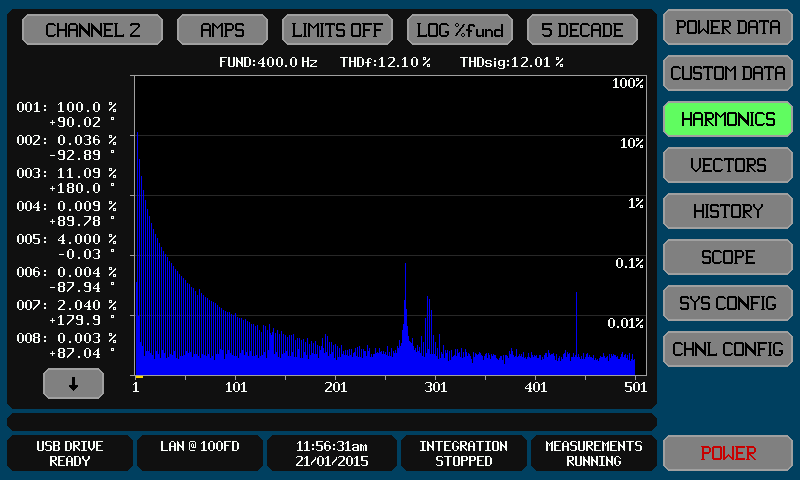
Power Data Screen: One-touch display for V, A, W, VA, VAR, PF, and more.
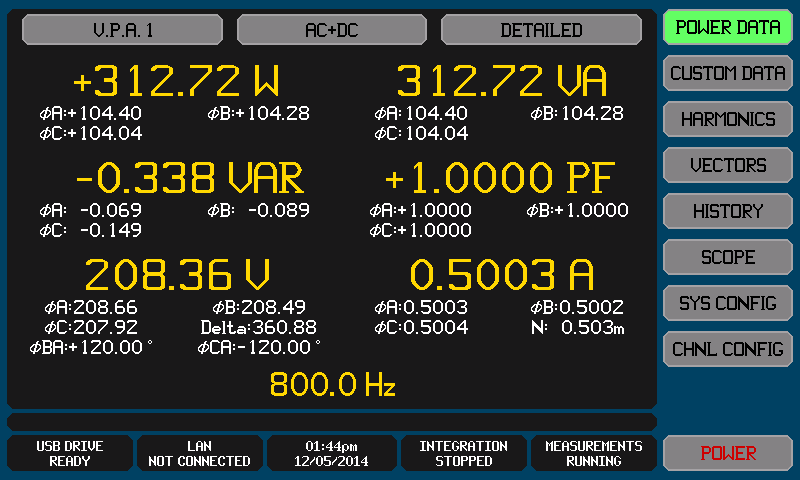
Scope Screen: Waveform acquisition with up to six user-selectable signals.
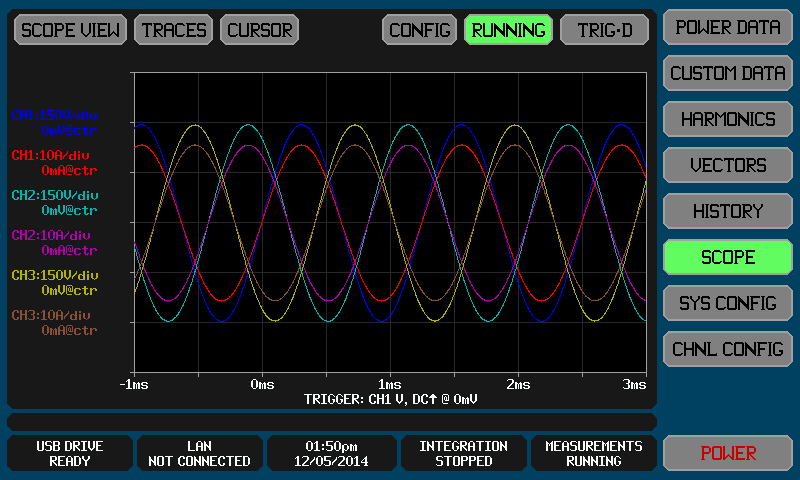
Cycle View: Displays single-cycle waveforms with customizable amplitude and scaling.
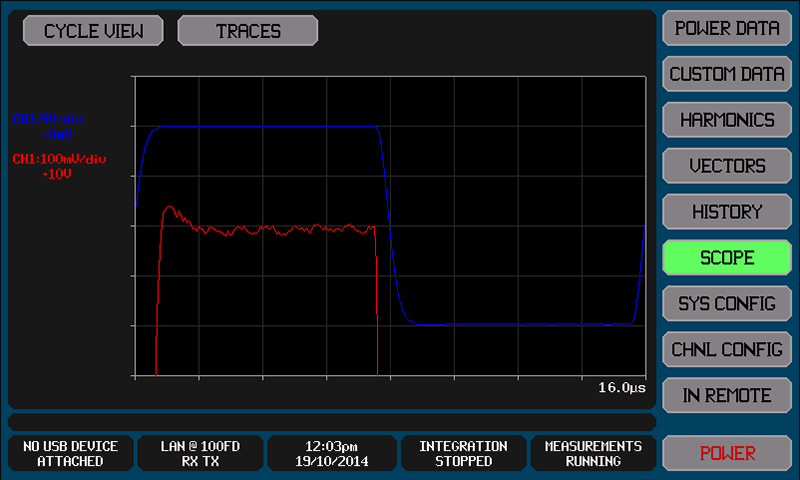
History Screen: Continuous record of measurement results with up to four parameters.
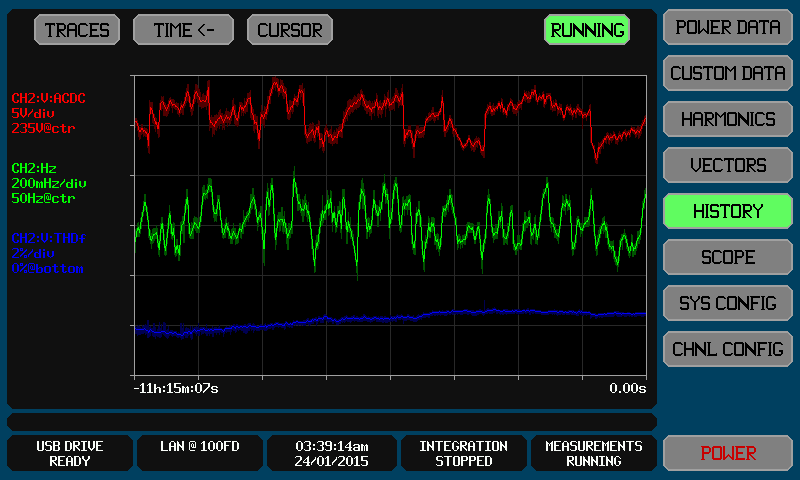
Built-in Standby Power Testing: Complies with EN50564:2011 and starts with a single touch.
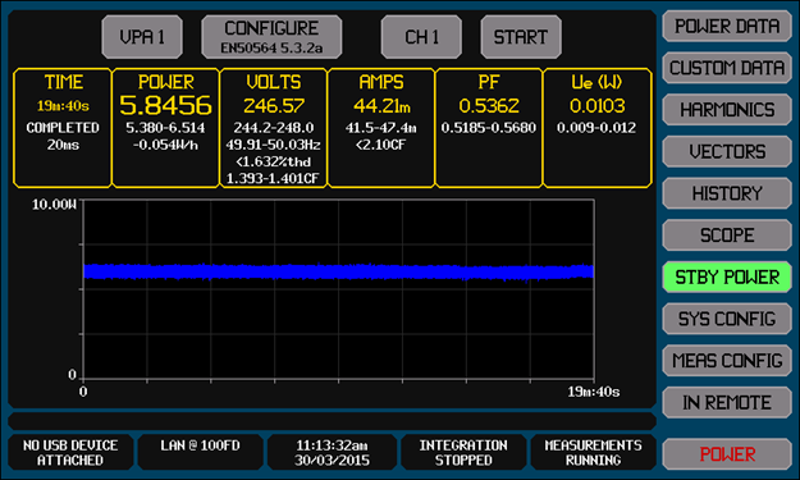
Vector Screen: Visualizes fundamental voltage and current vectors for selected channels.
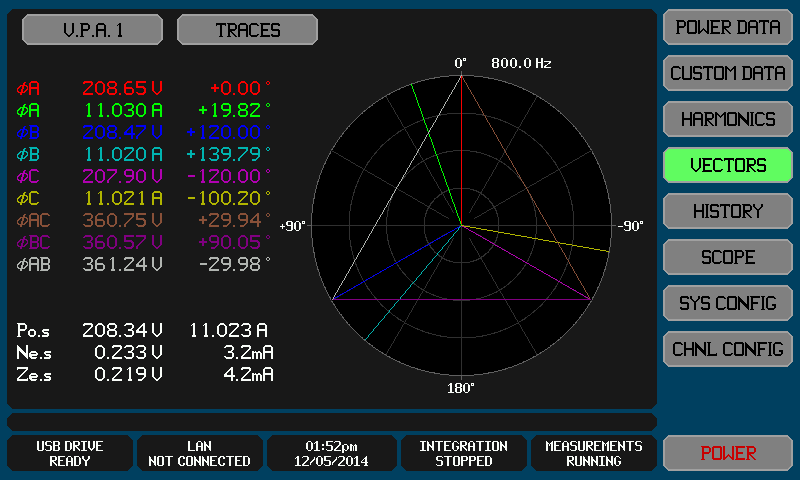
FAQs on Power Analyzers

